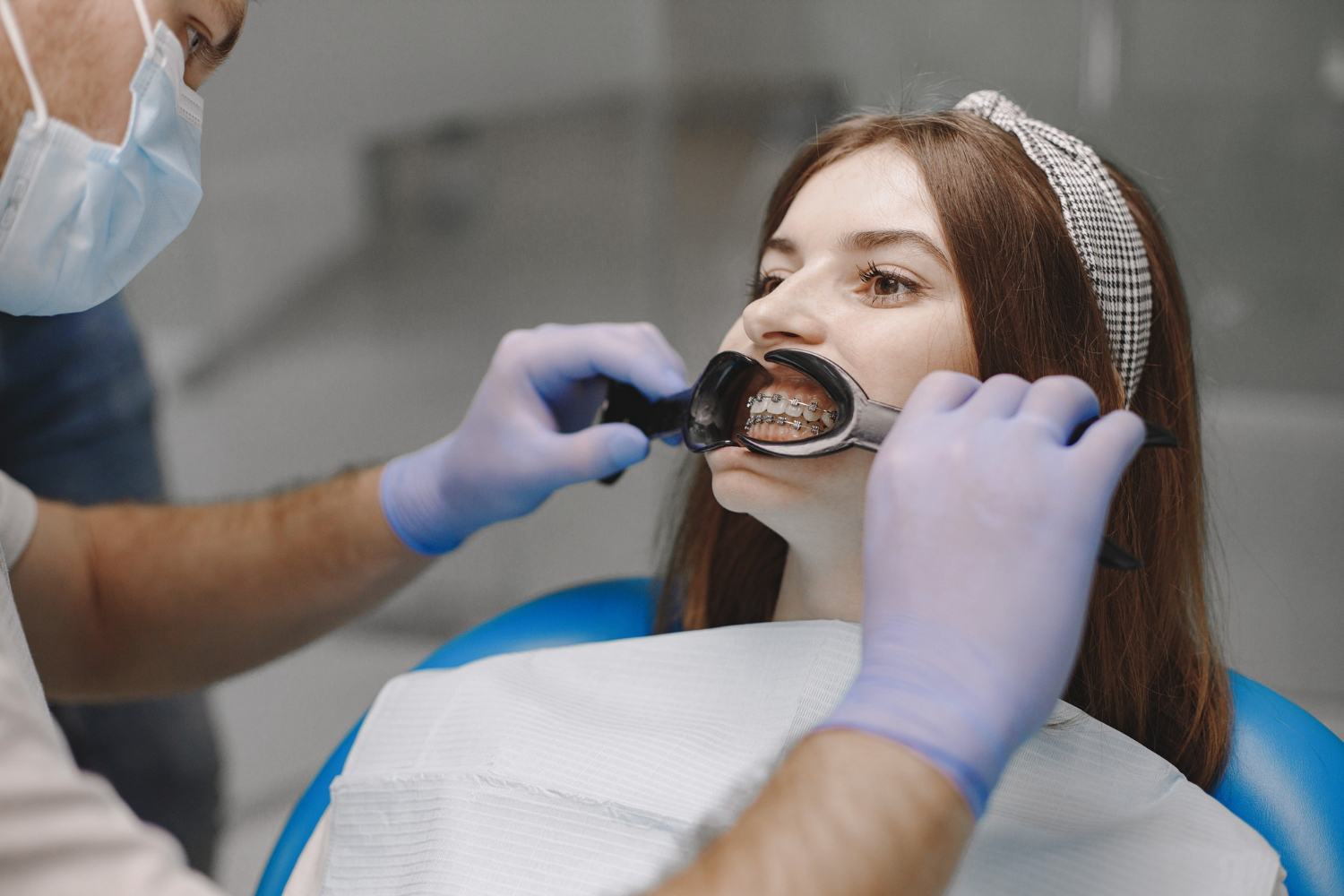Dental Braces

At Dr. Shakeen Eye & Dental Hospital, we specialize in orthodontic treatments, including dental braces, to help patients achieve properly aligned, beautiful smiles. Misaligned teeth and bite problems can lead to oral health issues and affect self-confidence. Our expert orthodontists use advanced braces technology to straighten teeth, improve jaw alignment, and enhance overall oral function with effective, personalized treatment plans.
What are Dental Braces?
Dental braces are orthodontic devices designed to correct misaligned teeth, bite irregularities, and spacing issues. Common reasons for getting braces include:
- Crooked or overcrowded teeth
- Gaps or spaces between teeth
- Overbite, underbite, or crossbite
Why Choose Dr. Shakeen Eye & Dental Hospital for Dental Braces?
Highly Experienced Orthodontists
With years of experience in orthodontic care, our specialists provide expert assessment and treatment for all types of teeth misalignment.
Advanced Braces Technology
We offer the latest in braces systems, including metal braces, ceramic braces, lingual braces, and clear aligners, ensuring effective and comfortable treatment.
Personalized Treatment Plans
Every patient is unique. We customize each orthodontic plan to suit your dental structure, aesthetic preferences, and lifestyle needs.
Advanced Braces Options We Offer
- Metal Braces: Durable, cost-effective, and suitable for all ages.
- Ceramic Braces: Tooth-colored brackets for a more discreet appearance.
- Lingual Braces: Placed behind the teeth for invisible orthodontic correction.
- Clear Aligners (Invisalign & Others): Removable and nearly invisible for a convenient, modern approach to teeth straightening.
Symptoms Indicating the Need for Braces
- Misaligned or overlapping teeth
- Difficulty in biting or chewing
- Jaw pain or frequent headaches due to misalignment
- Speech difficulties caused by improper tooth positioning

Straighten Your Teeth with Expert Dental Braces!
Don’t let misaligned teeth impact your smile and oral health. Early treatment ensures better results and a confident, beautiful smile!
